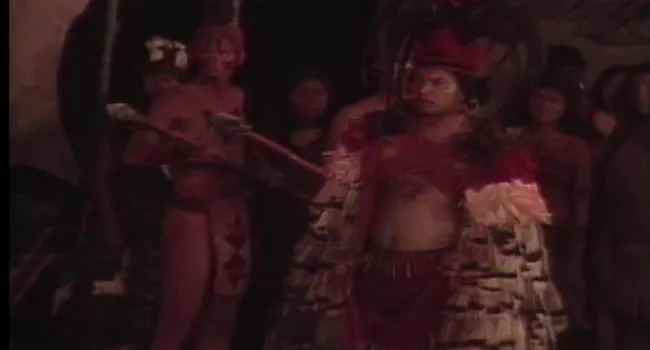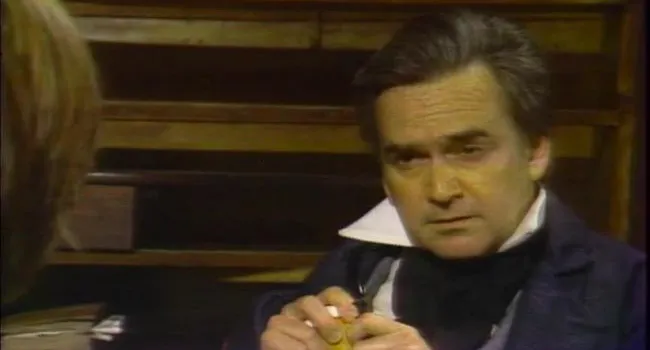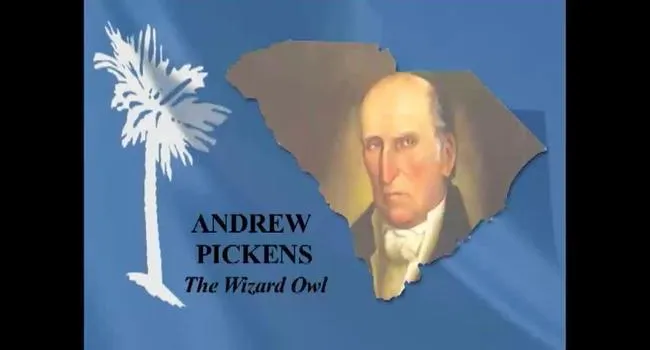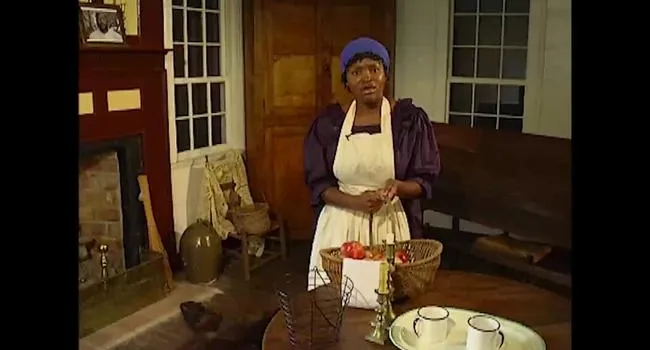In this program, Lord Cornwallis has ordered Major Patrick Ferguson, a Scotsman, to form the Loyalists into a strong royal militia. In late September 1780, Ferguson took up post near present day Rutherfordton, NC. From there he dispatched a paroled Whig prisoner to Colonel Isaac Shelby in the mountains of northwestern North Carolina and eastern Tennessee. He informed them that "if they did not desist from their opposition to the British arms, he would march his army over the mountains, hang their leaders, and lay their country waste with fire and sword."
On September 25, 1780 the "overmountain men" began to gather under Colonels Charles McDowell, John Sevier, Isaac Shelby, and William Campbell at Sycamore Shoals, on the Watauga River in present day Tennessee. They began an arduous march, picking up recruits along the way. After a march of nearly 200 miles, they arrived at Kings Mountain, on the afternoon of October 7, 1780, where they had heard Loyalists were encamped. The Loyalists on the mountain were taken completely by surprise. The battle lasted for approximately one hour. The "overmountain men” killed 225 Loyalists including Patrick Ferguson, wounded 163, and took 716 prisoners. The Patriots losses were 28 killed and 62 wounded. This had been another case of civil war. Patrick Ferguson had been the only British soldier in the battle. He was buried on Kings Mountain.
Standards
- 4.2.CE Examine the economic and political motivations for colonists to declare independence from Great Britain.
- 4.2.CX Contextualize South Carolina’s role in the development of the new nation.
- 8.2.CO Compare the motives and demographics of loyalists and patriots within South Carolina and the colonies.
- This indicator was developed to encourage inquiry into the economic, political, and social motivations of the patriots and the loyalists in the era of the American Revolution.
- 8.2.CE Explain the economic, political, and social factors surrounding the American Revolution.
- This indicator was developed to encourage inquiry into how the colonies began to unify to create a distinctive American identity over the course of events of the American Revolution.
Resources
You need to be logged in to listen to view this content. Create an account now; it's quick, easy, and free!
Log In to View













